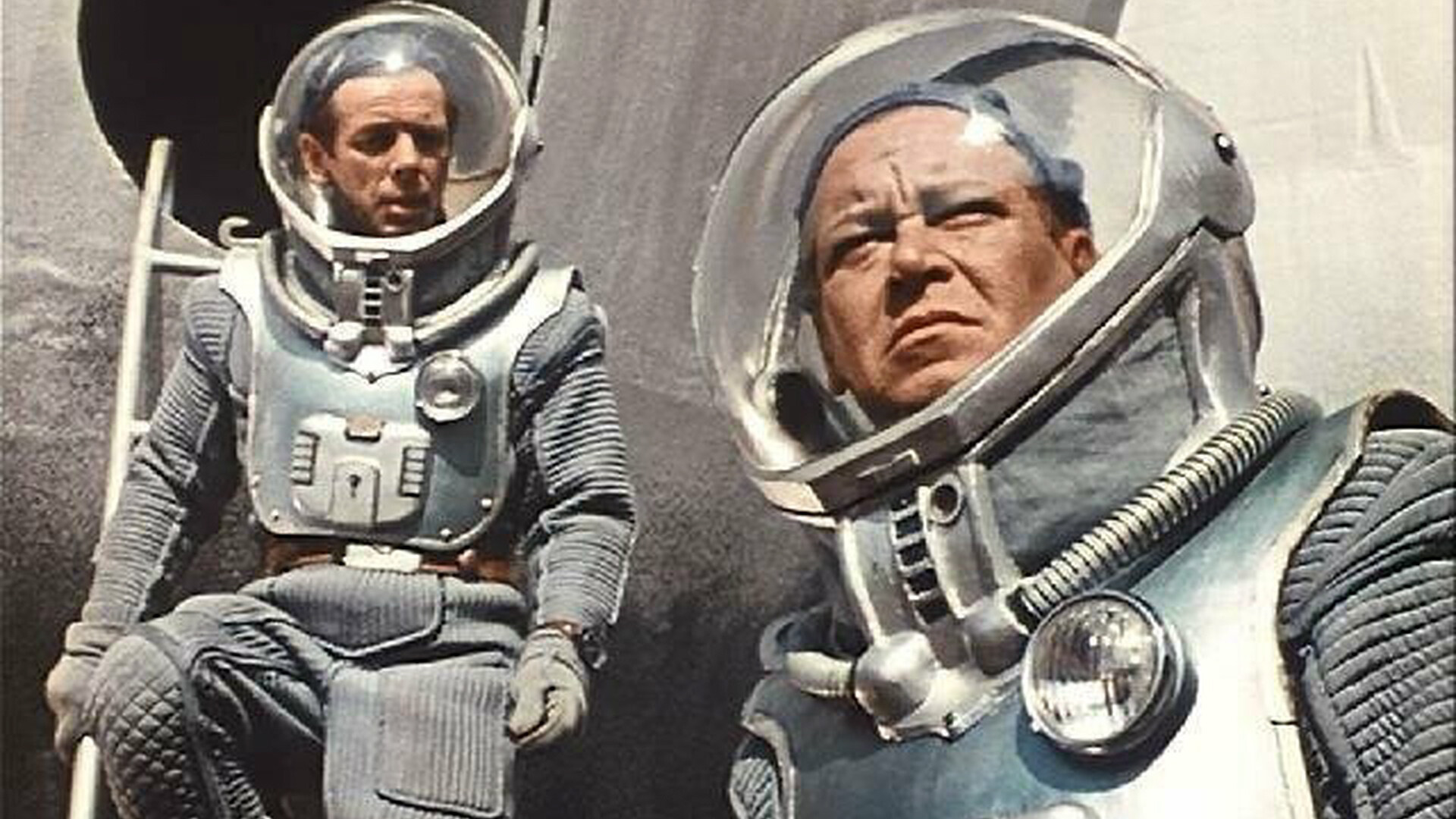
A still from ‘Voyage to the Prehistoric Planet’, remake of the Soviet ‘Planet of Storms’
Curtis Harrington/Roger Corman Productions, 1965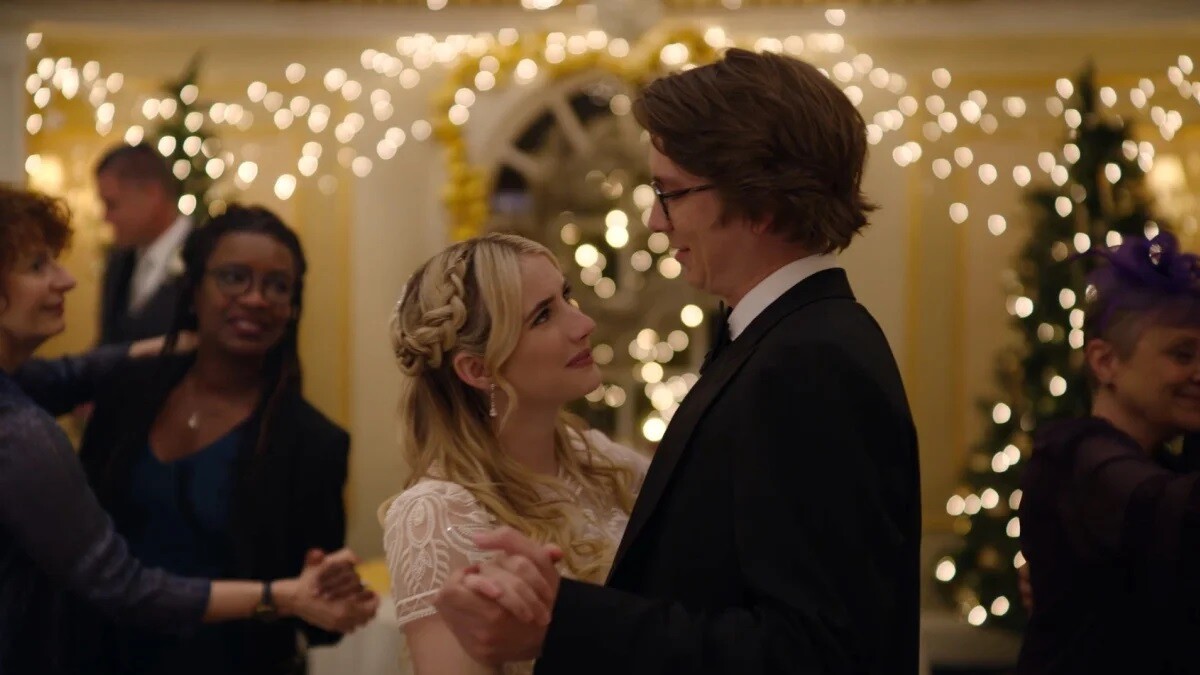
A still from ‘About Fate’
Maryus Vaysberg/Aldamisa Entertainment, Vincent Newman Entertainment, Exit Strategy Productions, 2022One of the most recent examples is 'About Fate'. Eldar Ryazanov's Soviet hit 'The Irony of Fate or Enjoy Your Bath!' was adapted for international audiences by Maryus Vaysberg.
In his version, the story unfolds in a snowy Boston. The main protagonists are lawyer Griffin (Thomas Mann) and realtor Margot (Emma Roberts). On New Year's Eve, both plan to leave their lives as unattached singles behind. Griffin intends to propose to his girlfriend Clementine, a blogger, while Margot expects her boyfriend Kip to do something similar.
In line with tradition, Griffin meets his Russian friends in a banya (Russian bathhouse), gets drunk and takes a cab home. But, the driver makes a mistake and takes the protagonist to the same address as Griffin's, but in a different neighborhood with identical standard housing. He doesn't notice the difference, despite finding somebody else's cat in the apartment and a differently-furnished interior. Soon, Margot returns home and finds a half-drunk stranger in her bedroom.
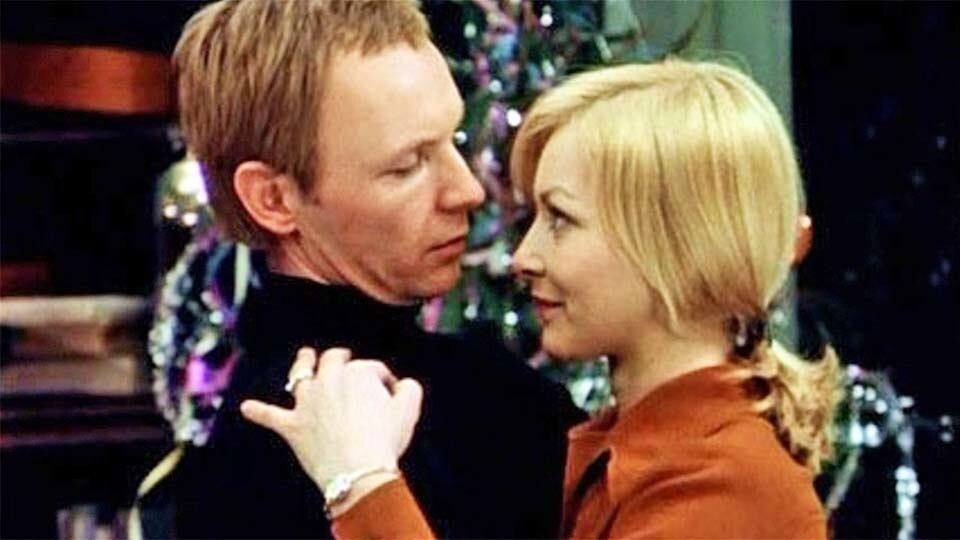
A still from ‘The Irony of Fate’
Eldar Ryazanov/Mosfilm, 1975The beginning is almost a carbon copy of the Soviet movie, but little by little the Hollywood story veers away from the original. The action doesn’t just just take place in the apartment, but also in restaurants, in the street and in offices.
The result is a stereotypical romantic comedy (almost as standard as the housing) with a sprinkling of New Year enchantment and an obligatory happy ending!
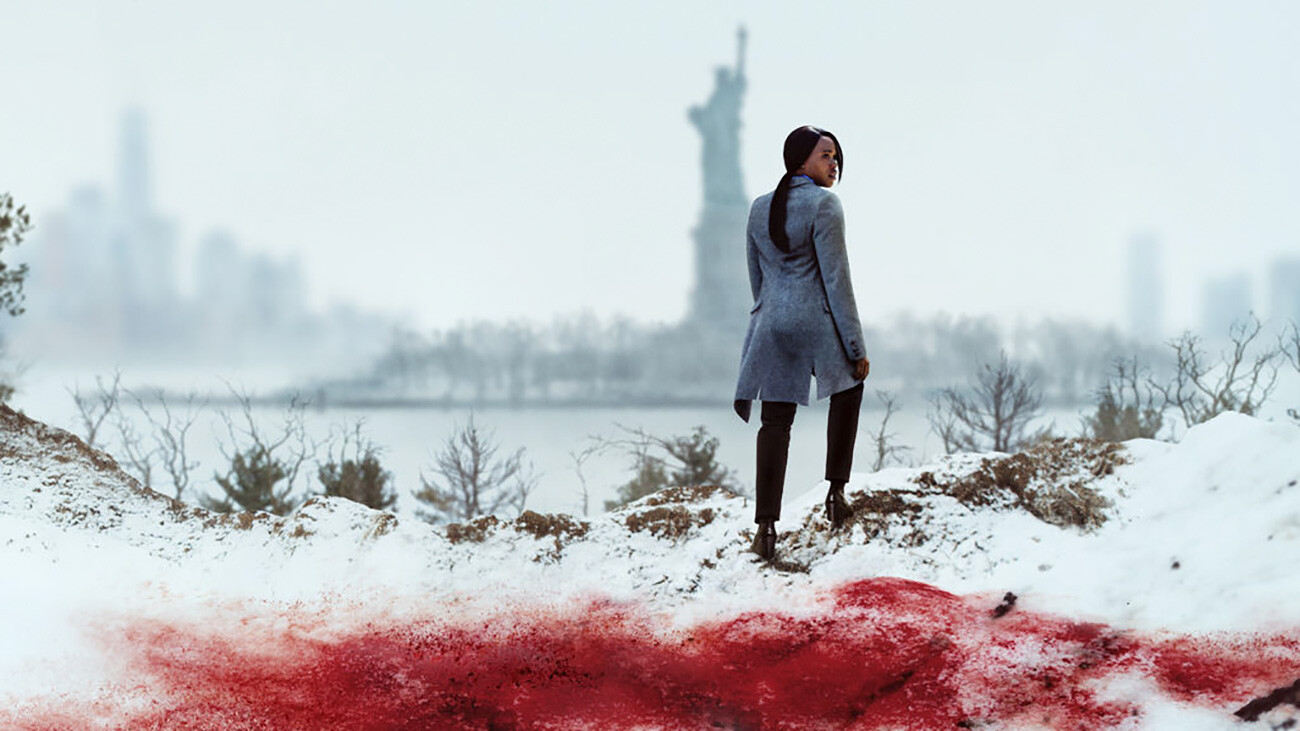
A still from ‘Seven Seconds’
Netflix, 2018Netflix came up with a remake of Yuri Bykov's crime drama 'The Major', transforming it into 'Seven Seconds', a television miniseries starring Regina King and David Lyons.
What remains of the original are the opening scenes (a policeman accidentally runs someone over and his colleagues try to use their official positions to bury the case). The action takes place in Jersey City and what makes the story more topical is the fact that the victim is a black teenager.

A still from ‘The Major’
Yuri Bykov/Bazelevs Distribution, 2013'Seven Seconds' received positive audience reviews, while Regina King ended up with an Emmy and was nominated for a Golden Globe.
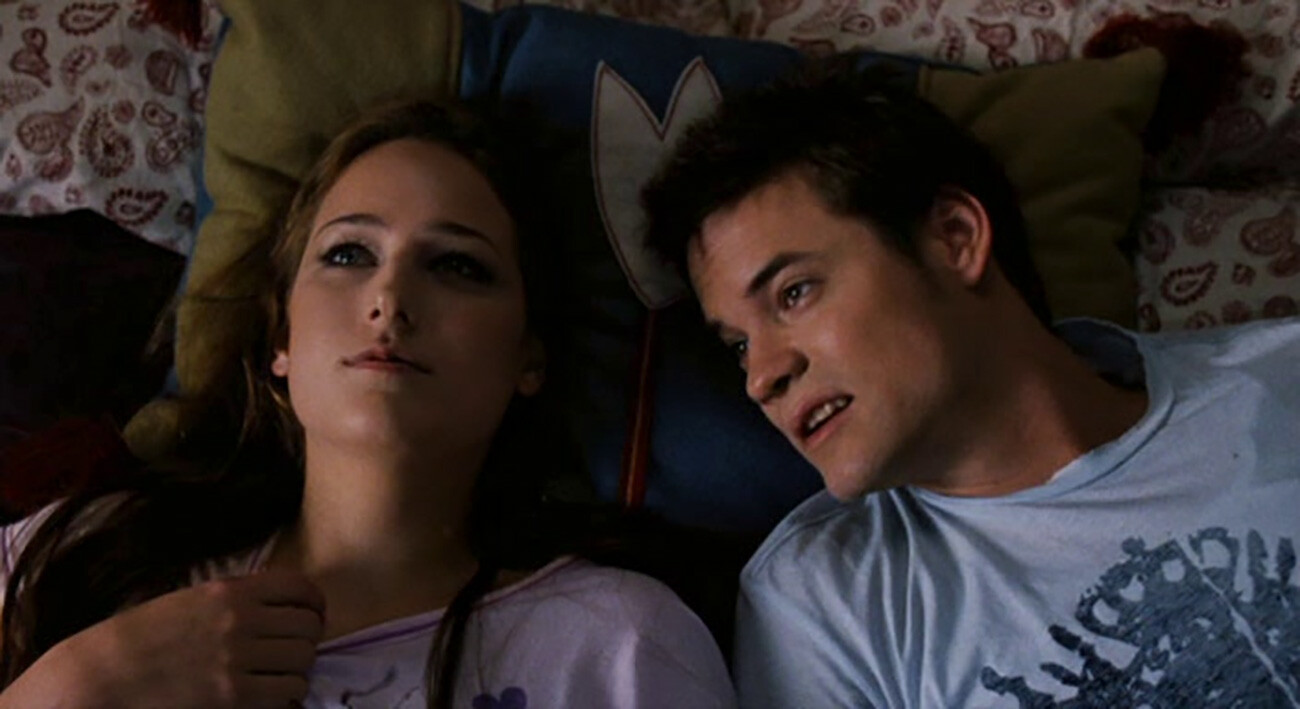
A still from ‘The Elder Son’
Maryus Vaysberg/2 Loop Films, A Russian Bear Production LLC, Departure Studios, 2006The main protagonist of Hollywood's 'The Elder Son' is clarinetist Max, a Russian Jewish immigrant. His life changes when a car thief pretends to be his long-lost son.
The American version with Shane West and Leelee Sobieski was a remake of Vitaly Melnikov's 1976 movie of the same name starring Yevgeny Leonov, Nikolai Karachentsov and Natalia Egorova.
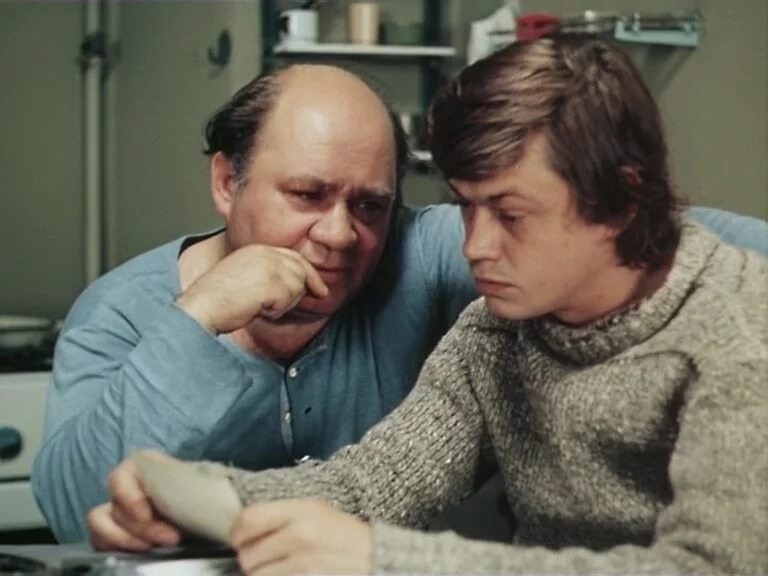
A still from Soviet ‘The Elder Son’
Vitaly Melnikov/Lenfilm, 1975In the original – a lyrical drama based on a play by Alexander Vampilov – a stranger in search of a place for the night pretends to be the son of the owner of the house.

A still from ‘Queen of Blood’
Curtis Harrington/Cinema West Productions, 1966Not all Hollywood movies were official remakes. For example, 'Queen of Blood' was based on the screenplay of the 1963 Soviet science fiction movie 'A Dream Come True' directed by Mikhail Karyukov and Otar Koberidze.
The Soviet movie told the story of an alien starship that has crashed on Mars. To search for the aliens, an astronomer named Tanya is sent in the interstellar spaceship ‘Ocean’ and, shortly afterwards, a rocket carrying her romantic partner is sent to assist her.
In the U.S., the plot was changed – a spaceship from Earth is sent to rescue a broken starship and it turns out that there is a female alien vampire on board. The movie stars Basil Rathbone, best known for his role as Sherlock Holmes in British screen adaptations [Translator's note: Rathbone's Sherlock Holmes films were produced by Fox and Universal in Hollywood, not in Britain, so better to say "Hollywood screen adaptations"].

A still from ‘A Dream Come True’
Mikhail Karyukov/Odessa Film Studio, 1963Curtis Harrington, the director of 'Queen of Blood', admitted that his screenplay was 70 percent based on the Soviet movie. It also used footage from the Soviet movies 'A Dream Come True' (1963) and 'The Sky Beckons' (1959) – both without permission. The budget was just $60,000 and, within a year, the movie had grossed 17 million dollars.
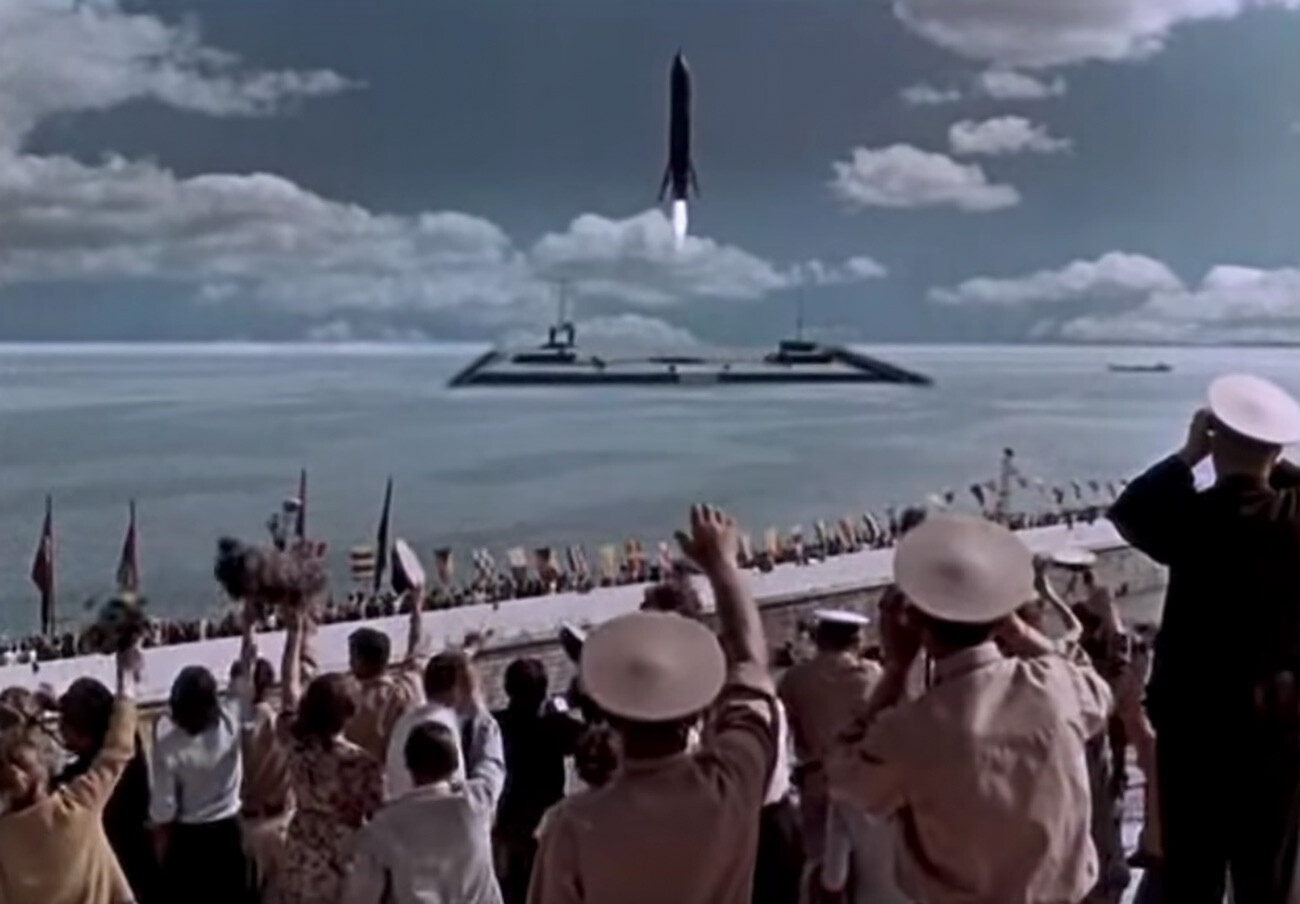
A still from ‘Battle Beyond the Sun’
Alexander Kozyr, Mikhail Karyukov, Roger Corman, Francis Coppola/Dovzhenko Film Studios, Mosfilm, American International Pictures,1962Another pirated project was the 1962 movie 'Battle Beyond the Sun'. The director was Roger Corman, with Francis Ford Coppola as his assistant.
It was a carbon copy of Aleksandr Kozyr and Mikhail Karyukov's 'The Sky Beckons' from 1959 about Soviet cosmonauts and American astronauts competing to be the first to fly to Mars. In the Soviet version, the protagonists from the USSR come out on top.

A still from ‘The Sky Beckons’
Aleksandr Kozyr, Mikhail Karyukov/Dovzhenko Film Studios, 1959In the U.S., the plot and some details were changed and a modified version was screened. Corman and Coppla removed the episodes where the Americans were shown in a negative light, added a battle on Mars, moved the action into the future and made the adversaries representatives of the North and the South. The names of the characters were also changed to make them more comprehensible to English-speaking audiences.
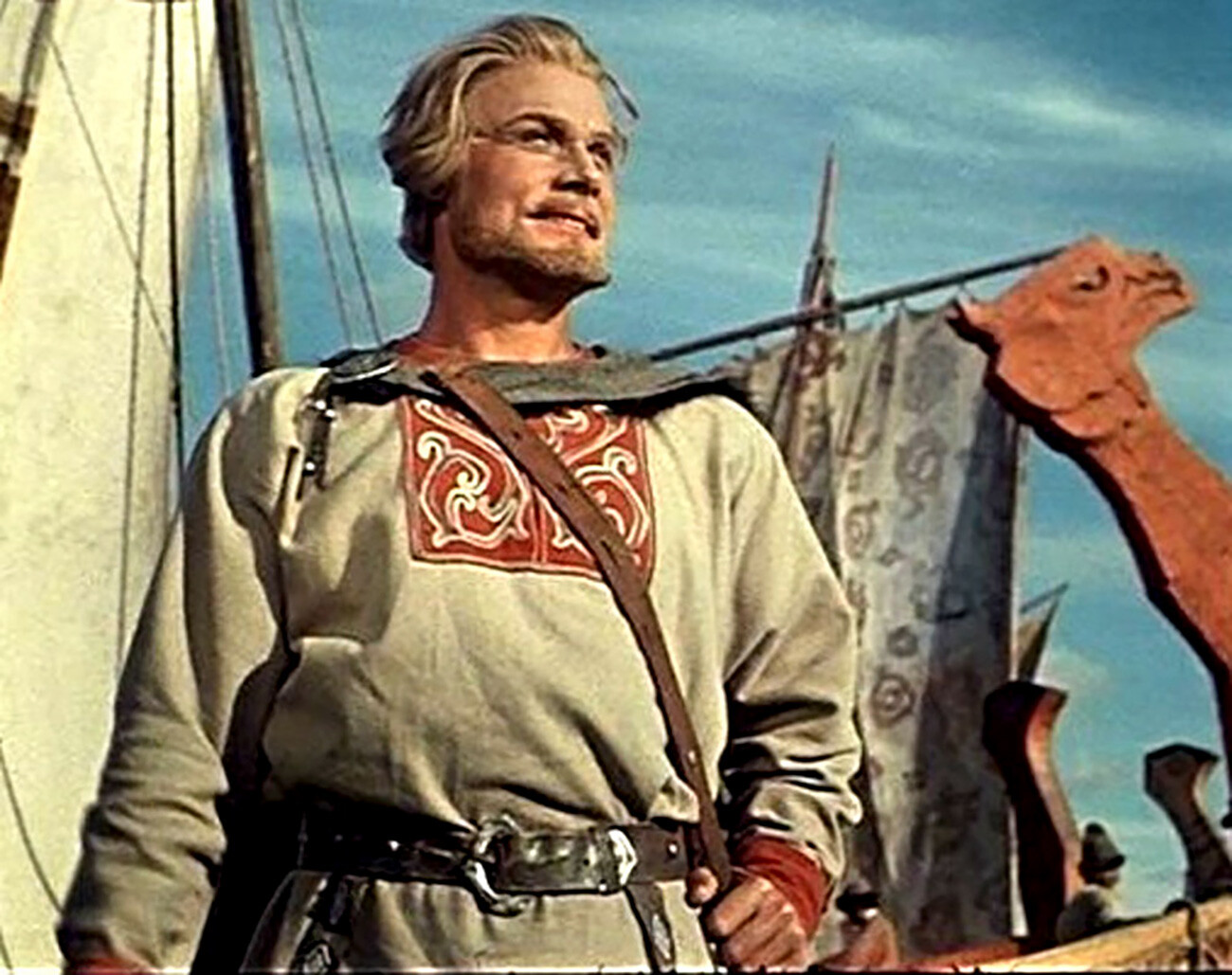
A still from ‘The Magic Voyage of Sinbad’
Alexander Ptushko, Roger Corman/Mosfilm, Artkino Pictures Inc., 1962.The most remarkable "remake" was perhaps from Aleksandr Ptushko's 1952 Soviet movie 'Sadko'. The story of a fairytale ‘gusli’ (an ancient string instrument) player won an award at the Venice Film Festival and was later widely released in the U.S.
Ten years later, Roger Corman literally rejigged the original picture and released it. The movie became 'The Magic Voyage of Sinbad', but the narrative structure was practically unchanged. The "authors" reduced the running time by cutting scenes featuring songs, added dubbing and renamed the protagonists and actors. Curiously, Francis Ford Coppola was the script adapter on the movie.
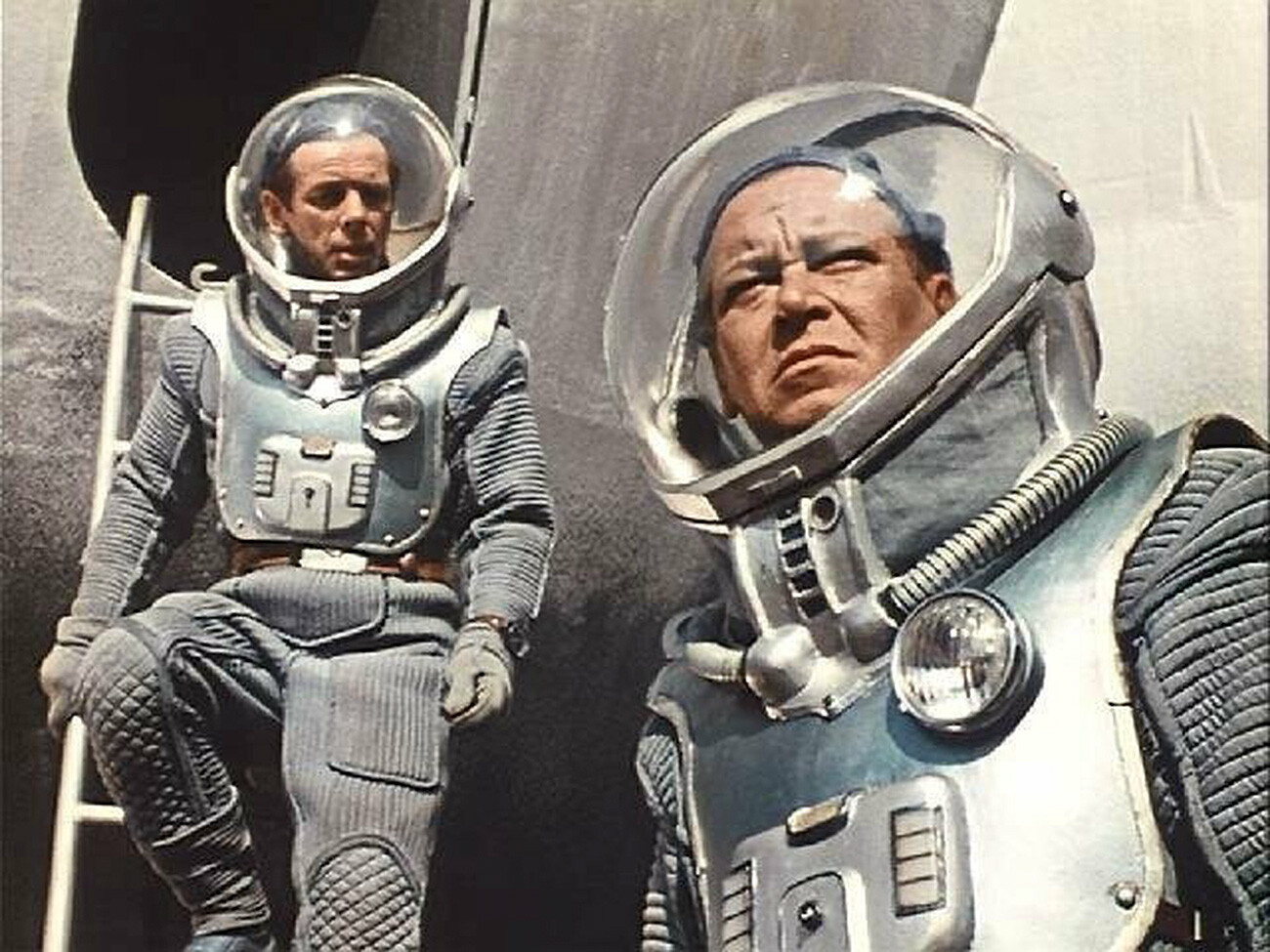
A still from ‘Voyage to the Prehistoric Planet’
Curtis Harrington/Cinema West Productions, 1966The 1961 Soviet movie 'Planet of Storms' was made by Pavel Klushantsev. In the story, three spacecraft go to Venus and the cosmonauts encounter unknown beings, witness a volcanic eruption and overcome various problems collectively.
The movie inspired many visual and scenic elements in George Lucas's 'Star Wars' trilogy, Stanley Kubrick's ‘2001: A Space Odyssey' (1969) and James Cameron's 'Terminator 2' (1991).
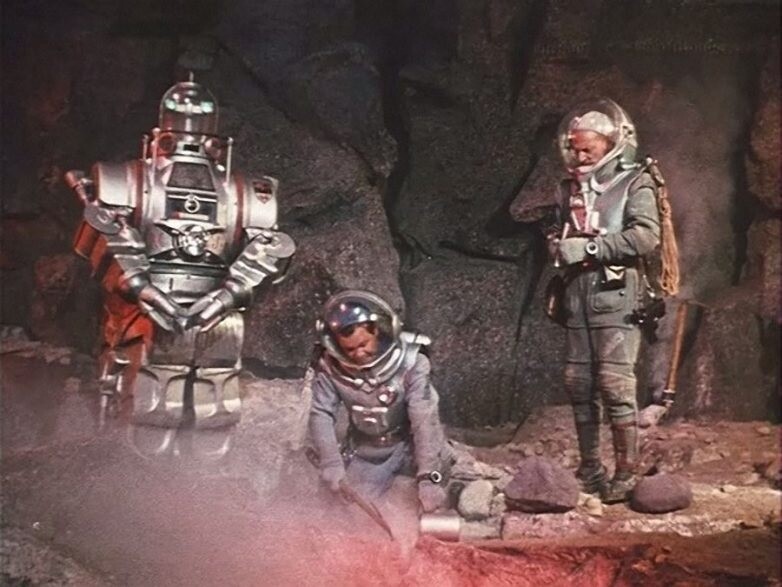
A still from ‘Planet of Storms’
Pavel Klushantsev/Lennauchfilm, 1961Additionally, Hollywood directly borrowed the storyline for two movies. The Soviet movie was re-edited with the addition of some extra scenes and released in 1965 under the title 'Voyage to the Prehistoric Planet'. And, subsequently, the storyline was used again for 'Voyage to the Planet of Prehistoric Women'.
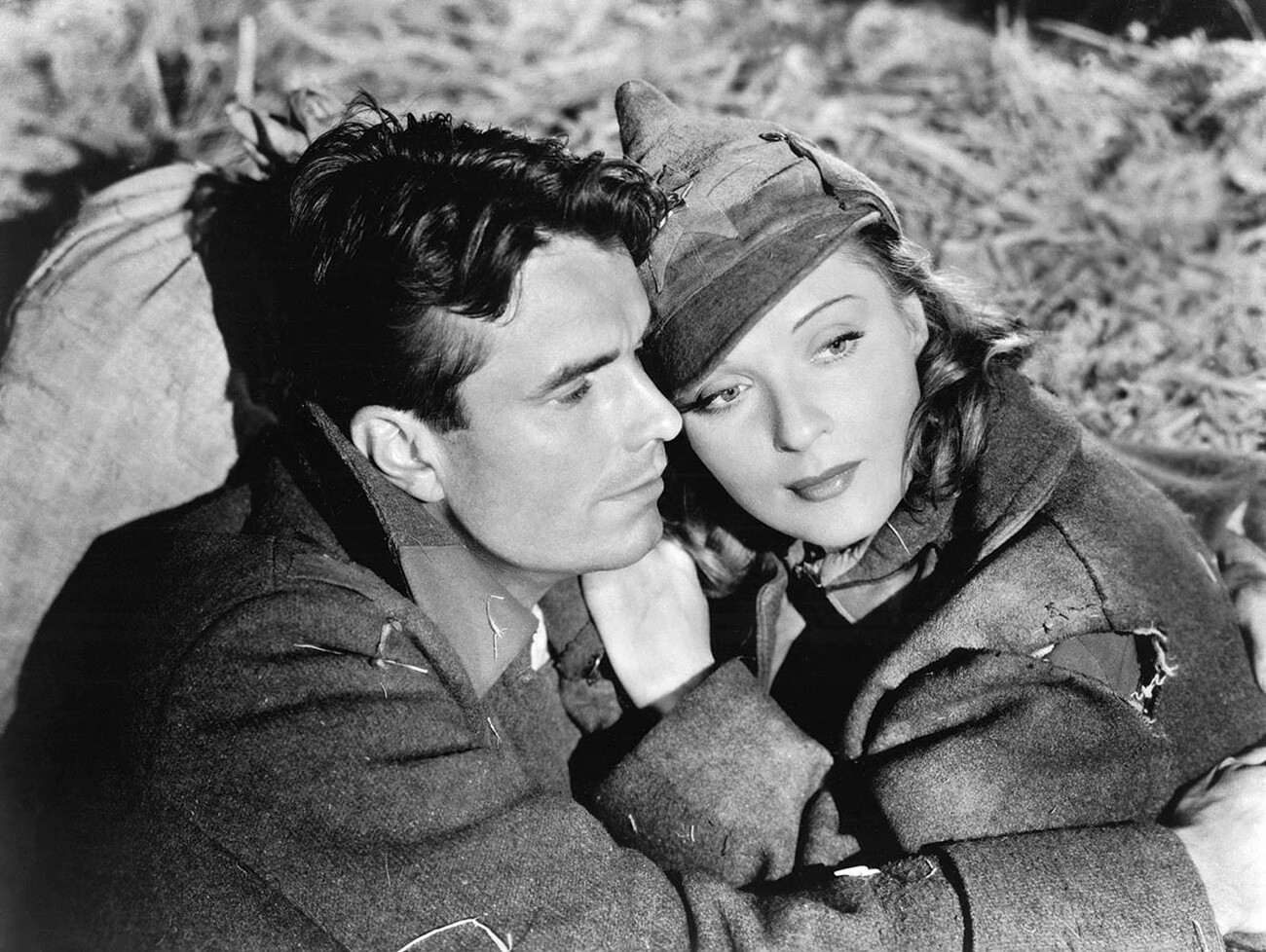
A still from ‘Three Russian Girls’
Fedor Ozep, Henry Kesler/R-F Productions, 1943.The 1941 movie 'Front Line Friends' (known in English as 'The Girl from Leningrad') told the story of a group of nurses at a front line military hospital during the Soviet-Finnish War.
The American movie 'Three Russian Girls' shot two years later by Fedor Ozep and Henry Kesler was almost identical to the Soviet movie. The plot is centered on a nurse in a Stalingrad hospital, who falls in love with a U.S. pilot who has been shot down.
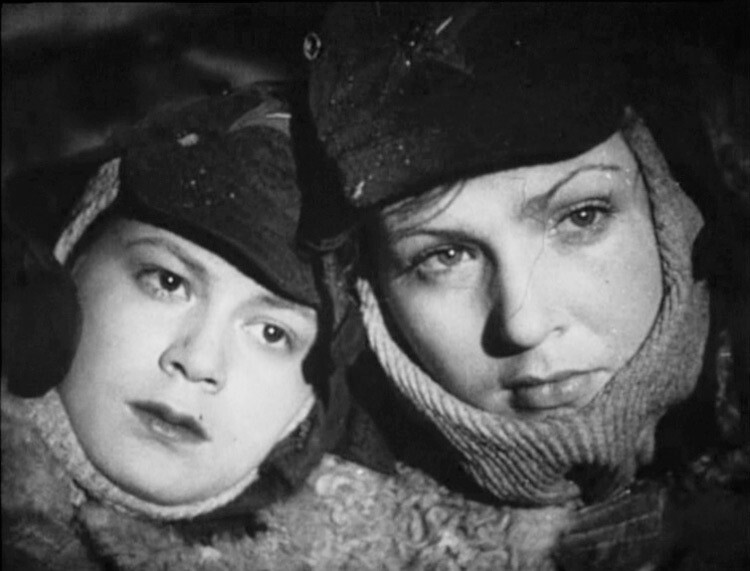
A still from ‘The Girl from Leningrad’
Viktor Eisymont, 1941The American version used documentary footage filmed by Soviet camera operators working on the front line and certain battle scenes and episodes are identical to sequences in the Soviet movie. 'Three Russian Girls' was nominated for an Oscar for best musical score.
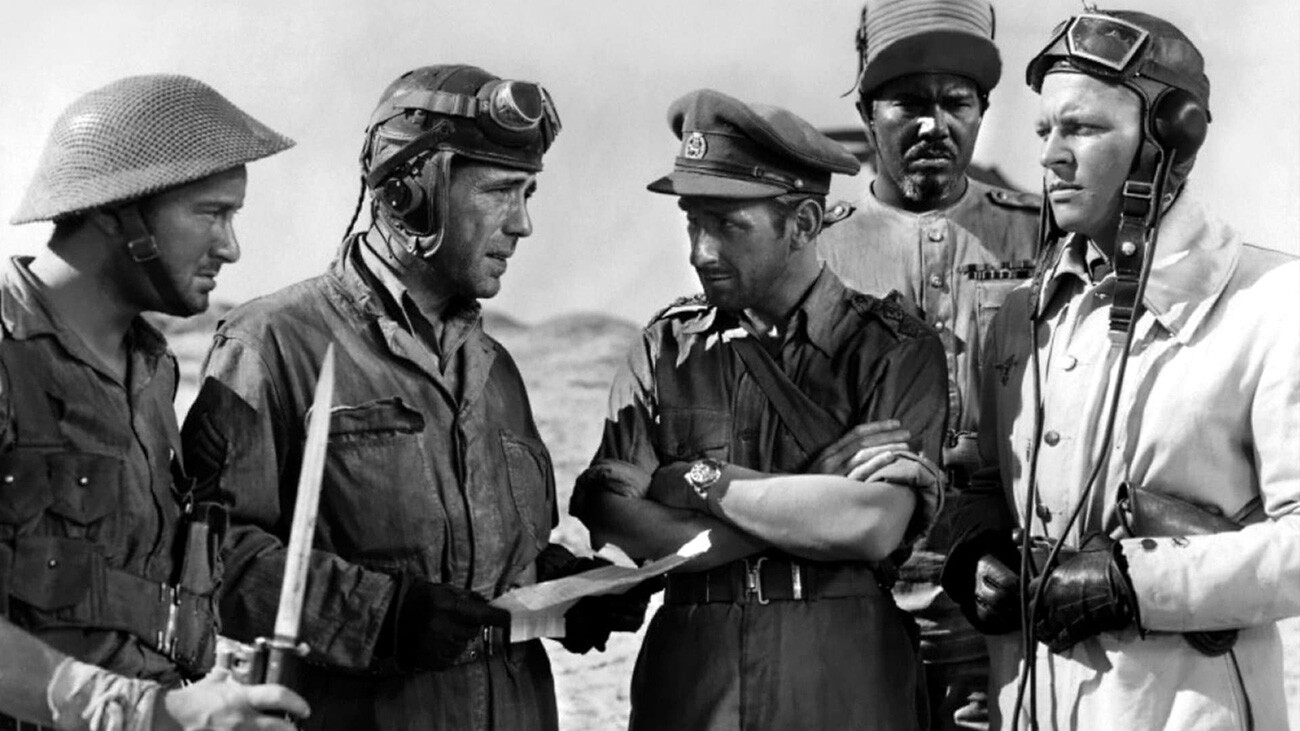
A still from ‘Sahara’
Zoltan Korda/Columbia Pictures, 1943'The Thirteen', a 1936 Soviet-made Eastern about the adventures of a group of Red Army soldiers, made director Mikhail Romm famous.

A still from ‘The Thirteen’
Mikhail Romm/Mosfilm, 1937Inspired by the movie, Zoltán Korda shot 'Sahara' with Humphrey Bogart six years later. In his version, an American armored brigade in World War II encounters a German battalion on the Libyan-Egyptian border. And that is the main difference from the Soviet version. But, it was 'Sahara' that earned three Oscar nominations – for best sound, best cinematography and best male supporting actor.
Dear readers,
Our website and social media accounts are under threat of being restricted or banned, due to the current circumstances. So, to keep up with our latest content, simply do the following:
If using any of Russia Beyond's content, partly or in full, always provide an active hyperlink to the original material.
Subscribe
to our newsletter!
Get the week's best stories straight to your inbox